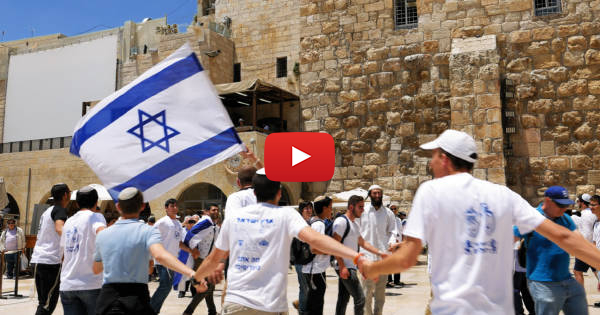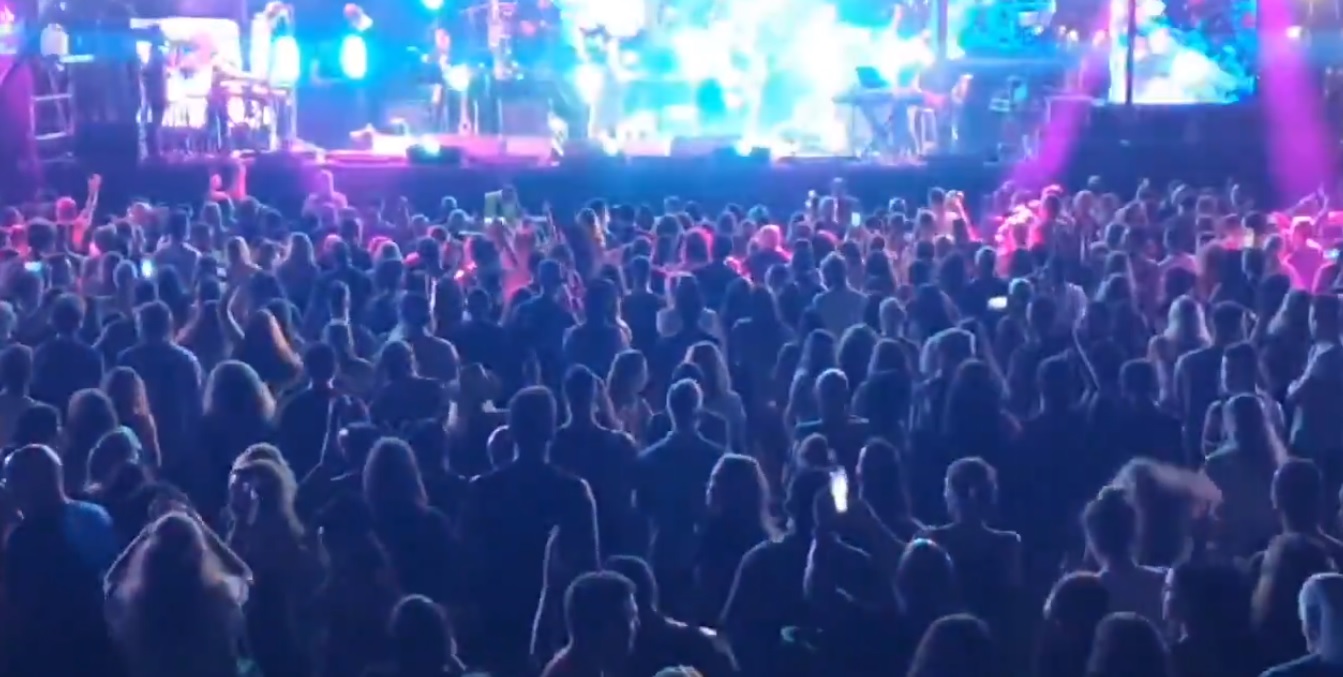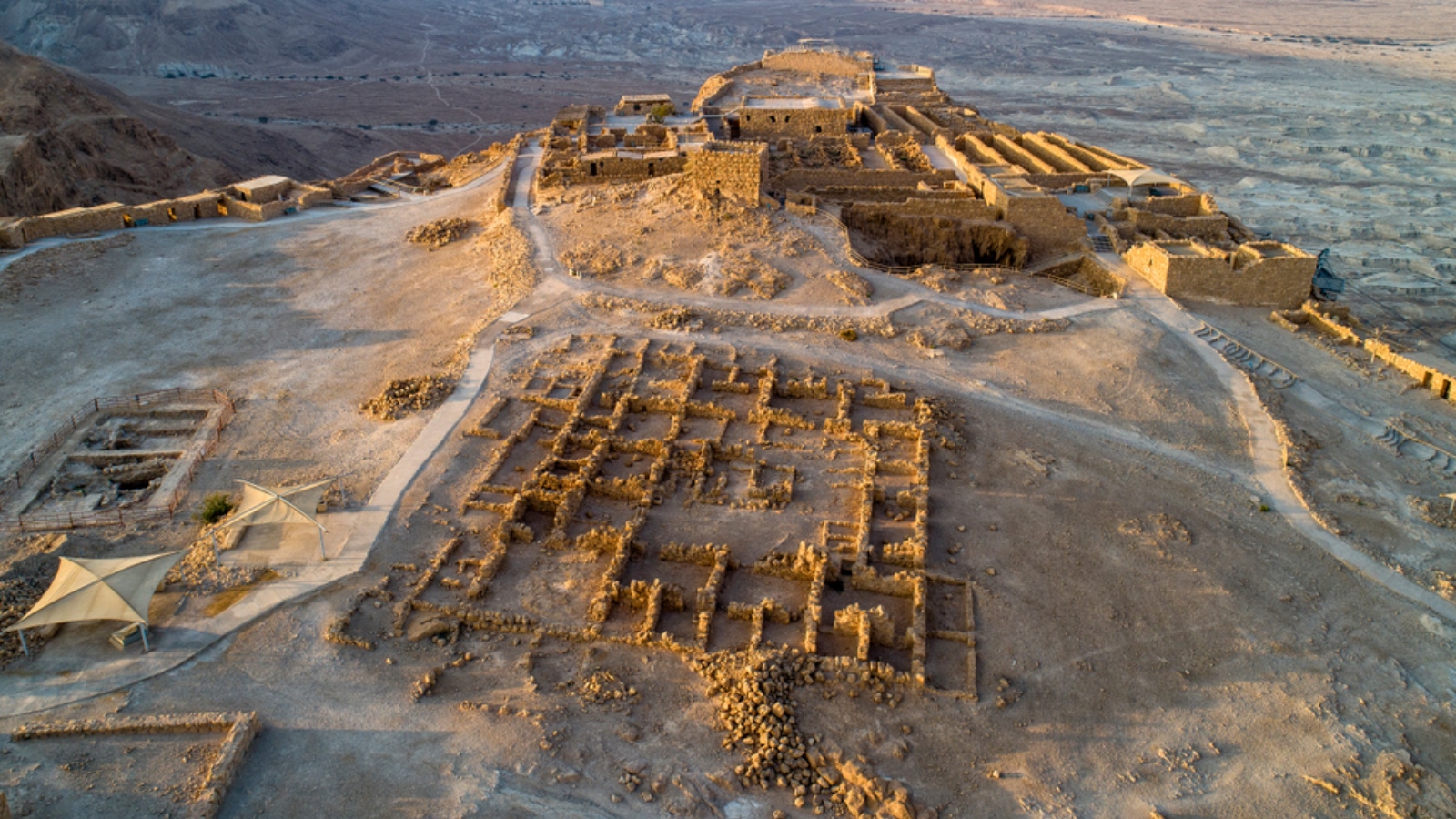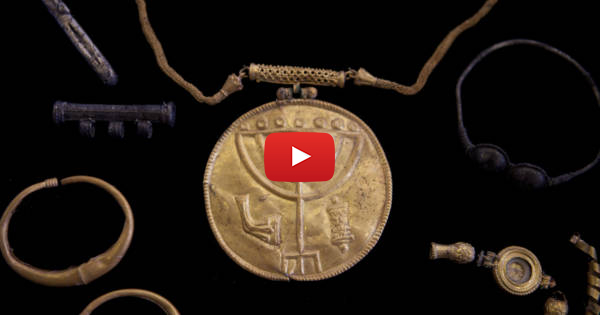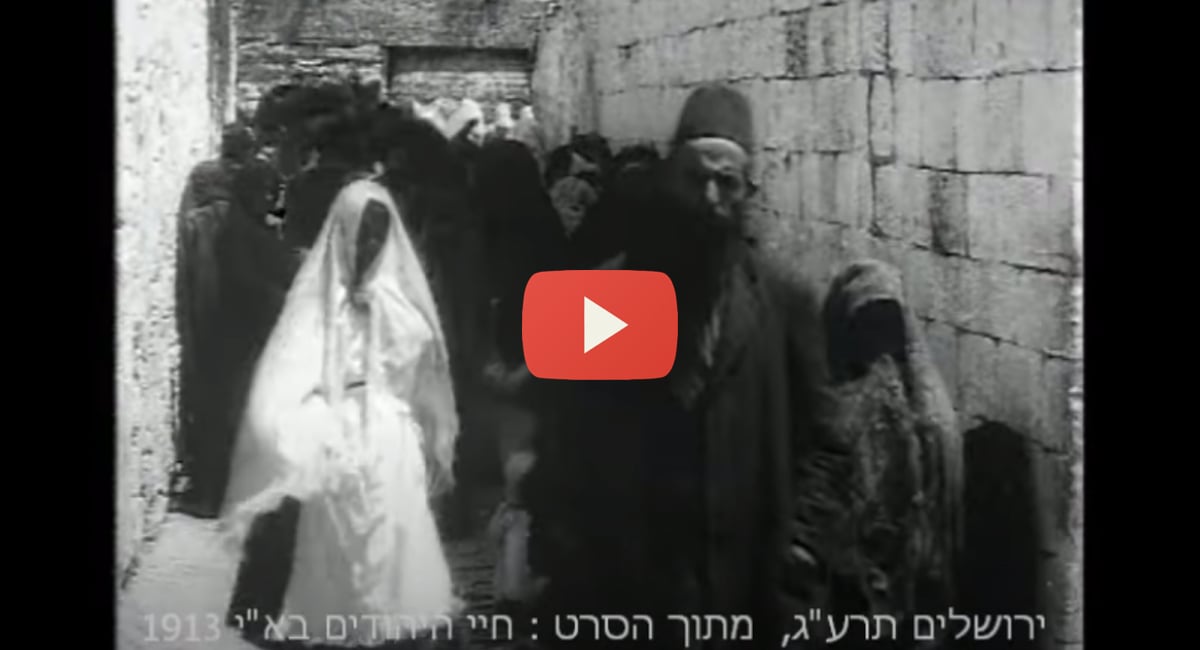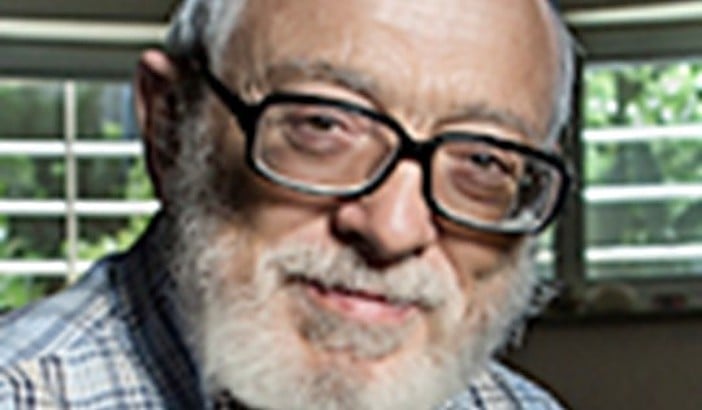Sixties Fan
Diamond Member
- Mar 6, 2017
- 53,533
- 10,409
- 2,140
- Thread starter
- #4,261
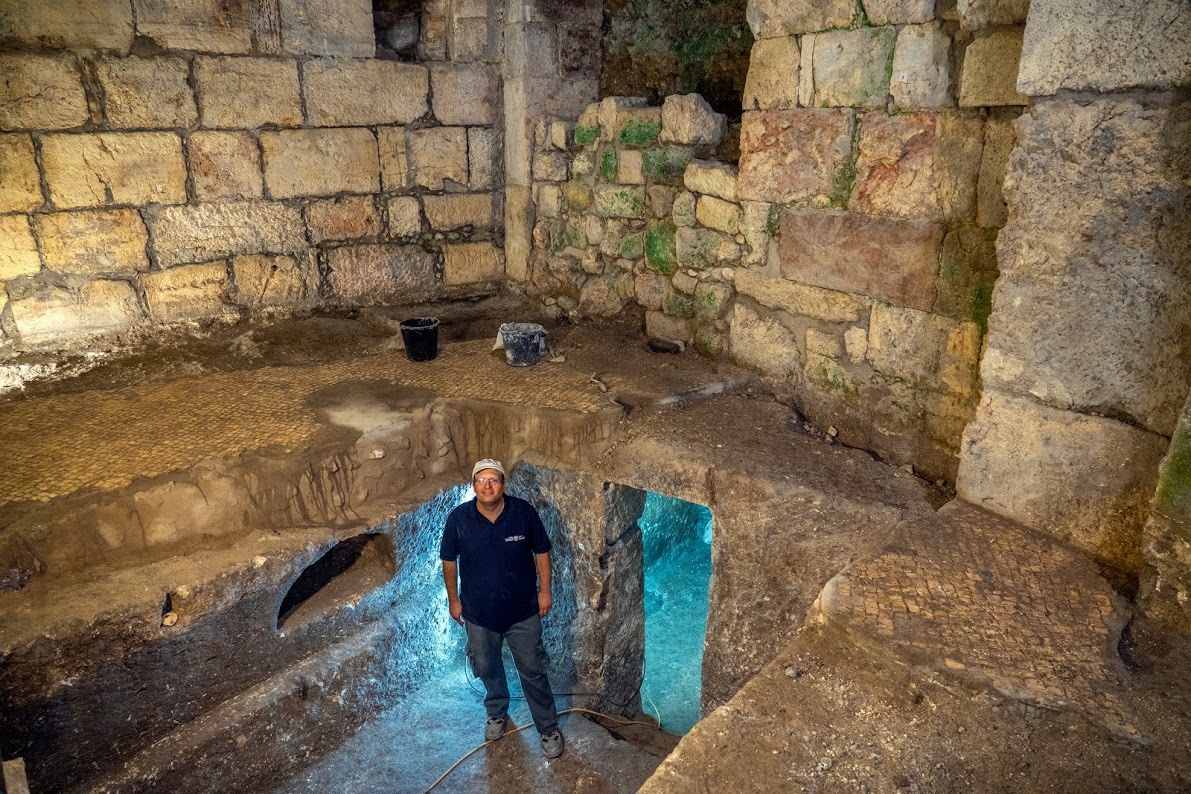
Living underground before the Romans? 2,000-year-old rooms found by Western Wall
Purpose of unique ancient complex still unclear, but indicates possible subterranean Second Temple-era life in Jerusalem's Old City prior to the Roman conquest in 70 CE

